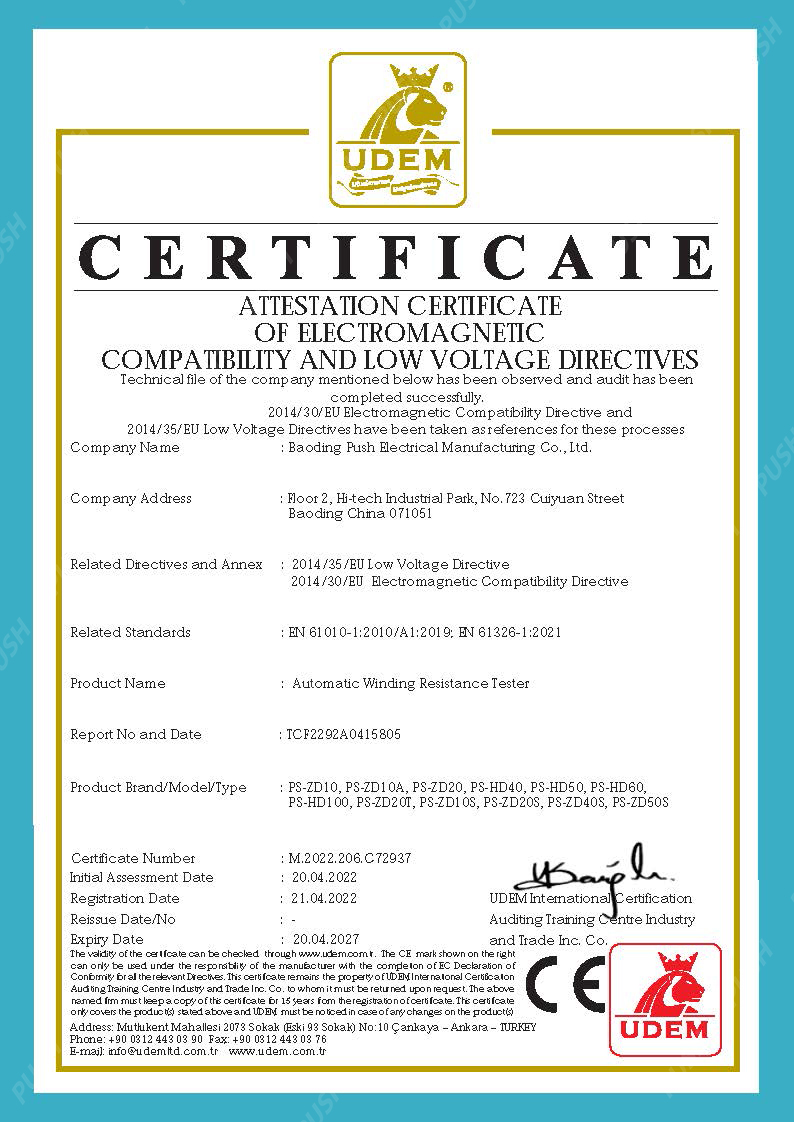 English
English



-
 Afrikaans
Afrikaans -
 Albanian
Albanian -
 Amharic
Amharic -
 Arabic
Arabic -
 Armenian
Armenian -
 Azerbaijani
Azerbaijani -
 Basque
Basque -
 Belarusian
Belarusian -
 Bengali
Bengali -
 Bosnian
Bosnian -
 Bulgarian
Bulgarian -
 Catalan
Catalan -
 Cebuano
Cebuano -
 China
China -
 China (Taiwan)
China (Taiwan) -
 Corsican
Corsican -
 Croatian
Croatian -
 Czech
Czech -
 Danish
Danish -
 Dutch
Dutch -
 English
English -
 Esperanto
Esperanto -
 Estonian
Estonian -
 Finnish
Finnish -
 French
French -
 Frisian
Frisian -
 Galician
Galician -
 Georgian
Georgian -
 German
German -
 Greek
Greek -
 Gujarati
Gujarati -
 Haitian Creole
Haitian Creole -
 hausa
hausa -
 hawaiian
hawaiian -
 Hebrew
Hebrew -
 Hindi
Hindi -
 Miao
Miao -
 Hungarian
Hungarian -
 Icelandic
Icelandic -
 igbo
igbo -
 Indonesian
Indonesian -
 irish
irish -
 Italian
Italian -
 Japanese
Japanese -
 Javanese
Javanese -
 Kannada
Kannada -
 kazakh
kazakh -
 Khmer
Khmer -
 Rwandese
Rwandese -
 Korean
Korean -
 Kurdish
Kurdish -
 Kyrgyz
Kyrgyz -
 Lao
Lao -
 Latin
Latin -
 Latvian
Latvian -
 Lithuanian
Lithuanian -
 Luxembourgish
Luxembourgish -
 Macedonian
Macedonian -
 Malgashi
Malgashi -
 Malay
Malay -
 Malayalam
Malayalam -
 Maltese
Maltese -
 Maori
Maori -
 Marathi
Marathi -
 Mongolian
Mongolian -
 Myanmar
Myanmar -
 Nepali
Nepali -
 Norwegian
Norwegian -
 Norwegian
Norwegian -
 Occitan
Occitan -
 Pashto
Pashto -
 Persian
Persian -
 Polish
Polish -
 Portuguese
Portuguese -
 Punjabi
Punjabi -
 Romanian
Romanian -
 Russian
Russian -
 Samoan
Samoan -
 Scottish Gaelic
Scottish Gaelic -
 Serbian
Serbian -
 Sesotho
Sesotho -
 Shona
Shona -
 Sindhi
Sindhi -
 Sinhala
Sinhala -
 Slovak
Slovak -
 Slovenian
Slovenian -
 Somali
Somali -
 Spanish
Spanish -
 Sundanese
Sundanese -
 Swahili
Swahili -
 Swedish
Swedish -
 Tagalog
Tagalog -
 Tajik
Tajik -
 Tamil
Tamil -
 Tatar
Tatar -
 Telugu
Telugu -
 Thai
Thai -
 Turkish
Turkish -
 Turkmen
Turkmen -
 Ukrainian
Ukrainian -
 Urdu
Urdu -
 Uighur
Uighur -
 Uzbek
Uzbek -
 Vietnamese
Vietnamese -
 Welsh
Welsh -
 Bantu
Bantu -
 Yiddish
Yiddish -
 Yoruba
Yoruba -
 Zulu
Zulu
gas chromatograph mass spectrometer gc ms
Understanding Gas Chromatograph-Mass Spectrometer (GC-MS)
Gas Chromatography-Mass Spectrometry (GC-MS) is a powerful analytical technique widely utilized in various fields, including environmental analysis, pharmaceuticals, forensics, and food safety. This combination of technologies plays a crucial role in the identification and quantification of compounds in complex mixtures. The synergy between gas chromatography (GC) and mass spectrometry (MS) allows for sensitive and precise analysis, making it an invaluable tool in modern science.
Principles of Gas Chromatography
Gas chromatography is the first stage of the GC-MS process. In this technique, a sample is vaporized and carried through a column by an inert carrier gas, typically helium or nitrogen. The column is packed with a stationary phase that interacts with the components of the sample. As the sample travels through the column, different compounds interact differently with the stationary phase based on their physical and chemical properties. This results in the separation of components, whereby lighter and less polar molecules travel faster than heavier or more polar ones.
After the separation process, the eluted compounds exit the column and are directed into the mass spectrometer. The effectiveness of GC depends on the quality of the column and the temperature program, which can greatly influence the separation efficiency.
Mass Spectrometry Identification and Quantification
Once the compounds are separated, they enter the mass spectrometer, which serves two main purposes identification and quantification. In the mass spectrometer, the analytes are ionized, usually by electron impact or chemical ionization. The generated ions are then accelerated in an electric field, and their mass-to-charge ratios are measured.
The resulting mass spectrum provides a unique fingerprint for each compound, which can be compared against a database for identification. The abundance of each ion is also recorded, allowing for quantitative analysis. This dual capability of GC-MS—identification and quantification—makes it a powerful tool for chemists and researchers.
gas chromatograph mass spectrometer gc ms

Applications of GC-MS
GC-MS has a broad range of applications. In environmental science, it is used to analyze pollutants in air, water, and soil, helping to monitor and control environmental contamination. In the pharmaceutical industry, it plays a critical role in drug development, ensuring quality control by identifying active ingredients and impurities.
Forensic laboratories utilize GC-MS for toxicology reports and investigations, identifying drugs or poisons in biological samples. Additionally, the food industry relies on this technology to detect pesticides, contaminants, and flavor compounds, ensuring food safety and quality.
Advantages and Limitations
The advantages of GC-MS include its high resolution, sensitivity, and specificity. It can analyze trace amounts of compounds, making it suitable for complex matrices. Moreover, the combination of GC and MS allows for a comprehensive analysis of volatile and semi-volatile organic compounds.
However, there are limitations to consider. GC-MS primarily analyzes volatile compounds, so compounds with high boiling points or those that decompose upon vaporization are challenging to analyze. Additionally, sample preparation can be labor-intensive, and there may be a need for derivatization of certain compounds to enhance volatility and detectability.
Conclusion
In conclusion, Gas Chromatograph-Mass Spectrometry is an essential technique in analytical chemistry, providing detailed insights into the composition of complex mixtures. Its ability to separate, identify, and quantify compounds has made it a cornerstone in various scientific domains. As technology advances, the applications and capabilities of GC-MS will likely continue to expand, further enhancing our understanding of chemical compositions across different fields.
-
Testing Equipment Industry Sees Major Advancements in 2025: Smart & Precision Technologies Lead the WayNewsJun.06,2025
-
Applications of Direct Current Generators in Renewable Energy SystemsNewsJun.05,2025
-
Hipot Tester Calibration and Accuracy GuidelinesNewsJun.05,2025
-
Digital Circuit Breaker Analyzer Features and BenefitsNewsJun.05,2025
-
Benefits of Real-Time Power Quality Monitoring Devices for Industrial EfficiencyNewsJun.05,2025
-
Earth Fault Loop Testing in High-Rise Building Electrical SystemsNewsJun.05,2025



